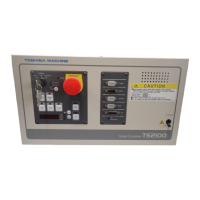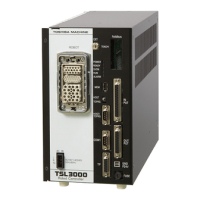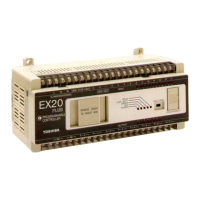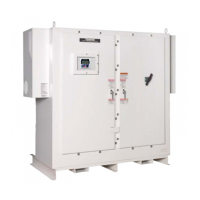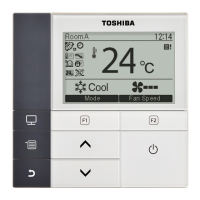GX9 ASD Installation and Operation Manual 233
Viewing Trip Information
In the event that the condition causing an Alarm does not return to the normal operating level within a
specified time, the GX9 ASD Faults and a Trip is incurred.
When a trip occurs, the resultant error information may be viewed either from the LED screen, LCD Fault
screen (Table 13 on pg. 228), Monitor screen, or the Trip History screen (Program Utilities Trip
History).
Trip Record at Monitor Screen
An active trip is displayed at the Monitor screen. Once cleared, NERR is displayed to indicate that there
are No Errors.
Note: An improper GX9 ASD setup may cause some trips — reset the ASD to the Factory
Default settings before pursuing a systemic malfunction (Program Utilities Type
Reset Reset to Factory Settings).
Trip History
The Trip History screen records the system parameters for up to 20 trips. The recorded trips are
numbered from zero to 19. Once the Trip History record reaches trip number 19, the oldest recorded trip
will be deleted with each new record stored (first-in first-out). The Trip # field may be selected and
scrolled through to view the recorded trip information for a given trip number. The monitored parameters
are listed in Table 14 as At-trip Recorded Parameters (parameter readings at the time that the trip
occurred).
In the event of a power loss or if the EOI has been removed from the ASD, the trip records and the
real-time clock information are retained (if not deleted) within the EOI for up to 4.5 years via Battery
Backup.
Table 14. Trip History Record Parameters.
Clearing a Trip
Once the cause of the trip has been corrected, performing a Reset re-enables the GX9 ASD for normal
operation.
The record of a trip may also be cleared using either of the following methods:
• Cycling power (trip info may be saved via
F602
if desired),
•Pressing the Stop-Reset key twice,
• Remotely via the communications,
• Momentarily connecting terminal RES to CC of the Terminal Board, or
•Via Program Utilities Type Reset Clear Past Trip (clears Monitor screen records only).
At-trip Recorded Parameters
1) Trip Number 8) Frequency Reference 15) Feedback (1 sec.) 22) ASD Overload
2) Trip Type 9) Bus Voltage 16) Torque 23) DBR Overload
3) Time and Date 10) Discrete Input Status 17) Torque Reference 24) Motor Load
4) Frequency at Trip 11) OUT1/OUT2/FL Status 18) Torque Current 25) ASD Load
5) Output Current 12) Timer 19) Excitation Current 26) DBR Load
6) Output Voltage 13) Post Compensation Frequency 20) PID Value 27) Input Power
7) Direction 14) Feedback (inst.) 21) Motor Overload 28) Output Power
Trip records are comprised of the full list of monitored parameters (28).

